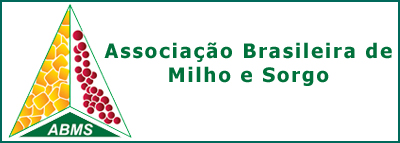DO CROTALARIA PLANT HEIGHT AND MAIZE INTER-ROW SPACING AFFECT INTERCROPPED MAIZE YIELD?
DOI:
https://doi.org/10.18512/rbms2022v21e12260Abstract
Intercropping with Crotalaria species may reduce maize yield; thus, evaluations must understand and explain competition in an intercropped system. The aim was to evaluate the effects of Crotalaria species and inter-row maize spacing on the growth and yield of intercropped maize. A randomized block design in a split-plot scheme was used. Plots comprised maize inter-row spacings of 0.45 and 0.90 m. Subplots consisted of four cropping systems: maize monoculture and three systems of maize intercropped with C. juncea, C. spectabilis, and C. ochroleuca. Plant heights of maize and Crotalaria species throughout the cycle, maize yield, and Crotalaria dry mass were evaluated. The critical plant height of Crotalaria that reduced maize yield ranged from 0.32 to 0.75 m, that is, the more advanced the maize cycle, the greater the critical plant height of Crotalaria. Intercropping with C. juncea was the only one that reduced maize yield (21%) compared to its monoculture, and inter-row maize spacing did not affect the variables. These results were due to the greater plant height (more than 100% higher) and final dry mass (more than 80% higher) of C. juncea compared to the other Crotalaria species, promoting competition with maize for water, light, and nutrients. The choice of Crotalaria species is essential for management in maize intercropped systems, associating the ecosystem benefits of the intercropping without reducing the cereal yield.
Downloads
Published
How to Cite
Issue
Section
License
Authors retain copyright and grant the journal right of first publication with the work simultaneously licensed under the Creative Commons Attribution License that allows the sharing of work and recognition of the work of authorship and initial publication in this journal.
Authors are able to take on additional contracts separately for non-exclusive distribution of the version of the paper published in this journal (eg, in an institutional repository or publish as a book), with acknowledgment of its initial publication in this journal.
Authors are permitted and encouraged to post their work online (eg, in institutional repositories or on their website) at any point before or during the editorial process, as this may leadto productive exchanges, as well as increase the impact and citation of published work.



